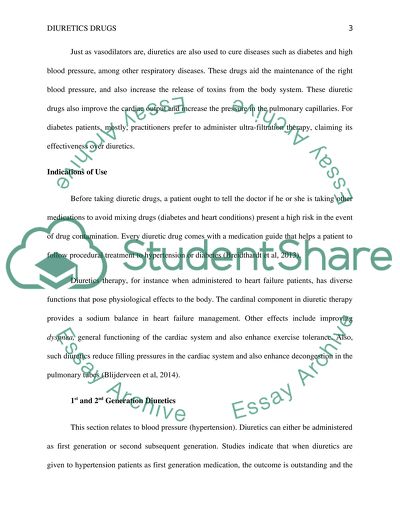Cite this document
(“DIURETICS DRUGS Essay Example | Topics and Well Written Essays - 500 words”, n.d.)
DIURETICS DRUGS Essay Example | Topics and Well Written Essays - 500 words. Retrieved from https://studentshare.org/nursing/1682239-diuretics-drugs
DIURETICS DRUGS Essay Example | Topics and Well Written Essays - 500 words. Retrieved from https://studentshare.org/nursing/1682239-diuretics-drugs
(DIURETICS DRUGS Essay Example | Topics and Well Written Essays - 500 Words)
DIURETICS DRUGS Essay Example | Topics and Well Written Essays - 500 Words. https://studentshare.org/nursing/1682239-diuretics-drugs.
DIURETICS DRUGS Essay Example | Topics and Well Written Essays - 500 Words. https://studentshare.org/nursing/1682239-diuretics-drugs.
“DIURETICS DRUGS Essay Example | Topics and Well Written Essays - 500 Words”, n.d. https://studentshare.org/nursing/1682239-diuretics-drugs.


